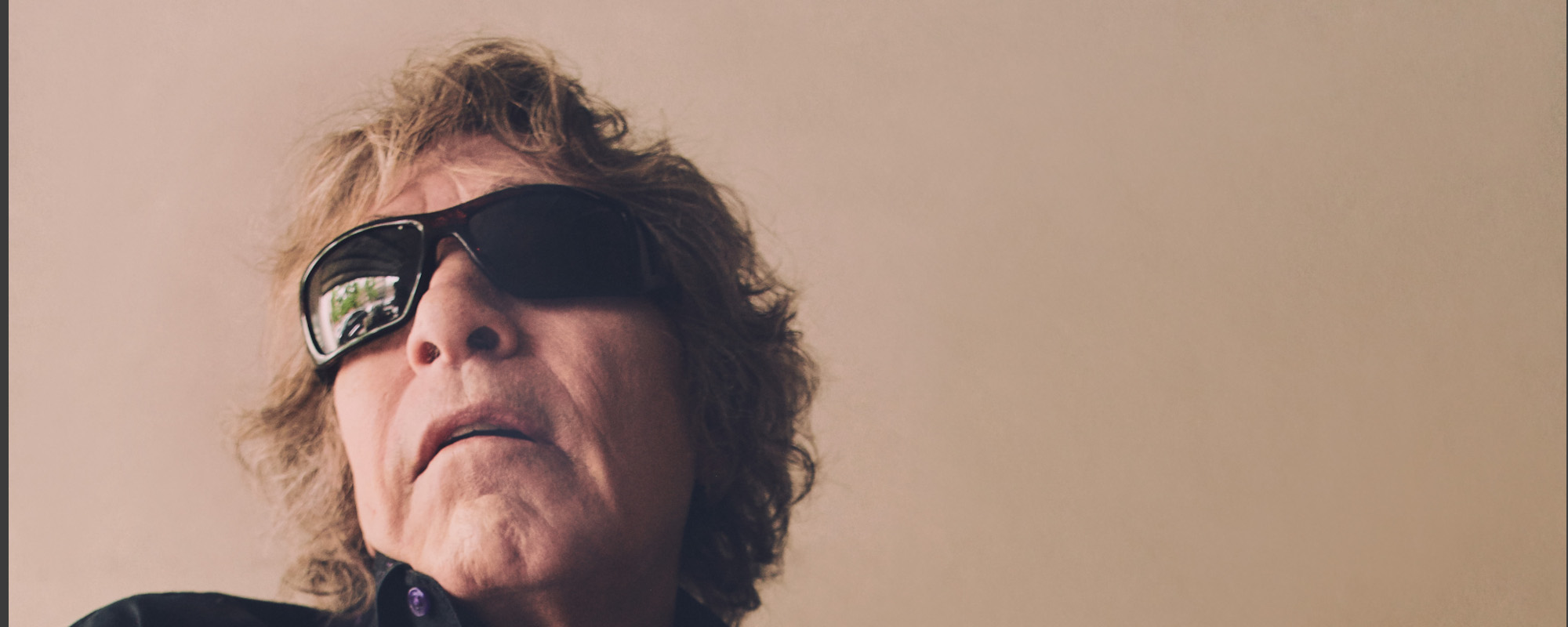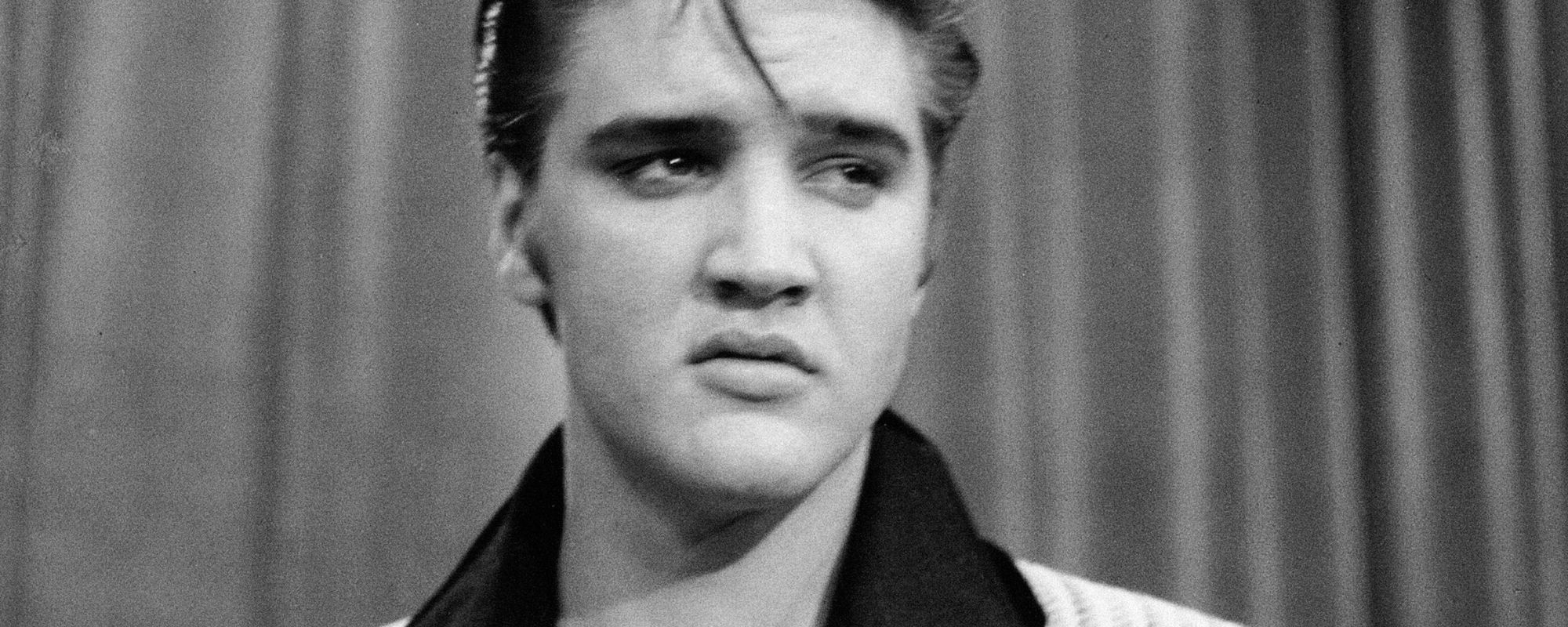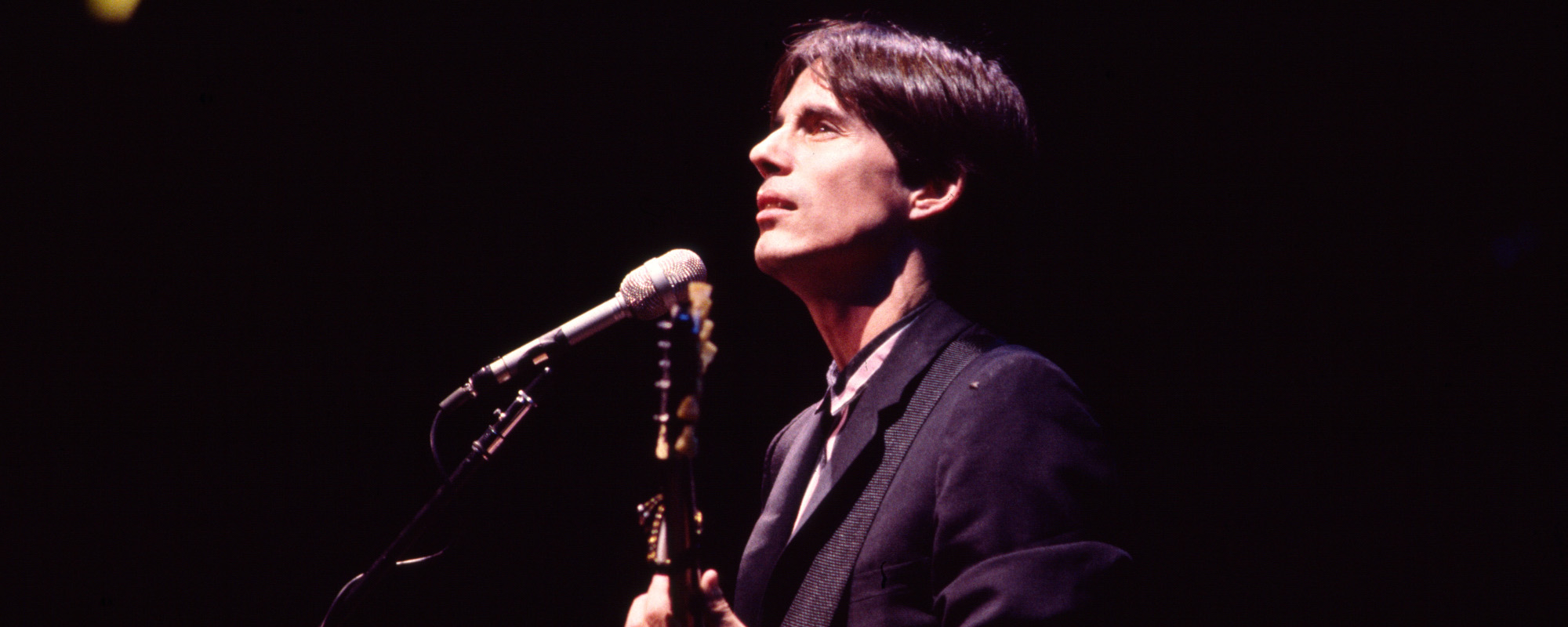What a voice!
Videos by American Songwriter
It really does sound like The Doors’ frontman Jim Morrison is calling out from beyond the heavens, beyond the grave, beyond consciousness—just beyond. The feeling, his vibe, of course, adds to the strangeness that permeates his band’s hit “Strange Days.”
The song, which was released 55 years ago in 1967, was the titular track from the band’s sophomore album of the same name. According to legend, it is also one of the first examples of the use of the now-popular Moog synthesizer, which was first invented in 1964.
The Doors, which formed formally in Los Angeles in 1965, was comprised of Morrison, keyboardist Ray Manzarek, guitarist Robby Kreiger, and drummer John Densmore. And while Morrison died at just 27 years old, the band remains one of the most influential in American rock history thanks to its influence in the free-love ‘60s.
Regarding the Moog, the band’s engineer Bruce Botnick told Sound On Sound that Morrison played the instrument to filter his vocals. Botnick said, “We created an envelope where we could feed Jim’s track into the Moog so that he could play any note on the keyboard and it would process his voice … I then added a little delay and fed the whole thing into an infinite tape repeat. That was hand-played.”
Want to get strange? Morrison and Botnick knew how.
And the song still has legs in the new millennium. In 2013, famed Bay Area rapper, Tech N9ne worked with Manzarek, Kreiger, and Densmore to release a reworked version of the song “Strange 2013,” on his album Something Else that year.
The song featured two music videos, but the one showcasing the circus performers from the album’s indelible album cover remains the most associated with the song—and, frankly, the most strange, too. It’s like a David Lynch film.
According to Botnick, the song, and really, the entire album, was already written before he and the band tracked it in the studio, he told Sound on Sound. That was often the band’s M.O. (And fun fact: Botnick also mentioned that Morrison’s idol was Frank Sinatra.)
“Jim and Robbie were constantly writing,” said Botnick. “What’s more, they were a gigging band, so most of the songs had already been worked out and arranged. This was especially so during the first album when they were playing at the Whiskey [A-Go-Go on the Sunset Strip] every night. They did a lot of woodshedding [practicing], and so when they came in it was just a case of translating the material into an album. There was some doubling of Jim’s vocals and we overdubbed Larry Knechtel’s bass on a couple of tracks, but ostensibly that record captured what they were like live.”
In terms of the song’s lyrics, Morrison seems to be singing about his generation and the flower-power hippies that he was the center of in many ways. The song poses the question to the listener: who’s side are you on? Do you want the strangeness to continue (if so, how long can it last?), or do you want order? Which is best?
Morrison croons in the opening of the track:
Strange days have found us
Strange days have tracked us down
They’re going to destroy
Our casual joys
We shall go on playing or find a new town
Yeah!
He continues, singing of sinning, falling asleep, bodies confused, and a strange night of stone. While much of Morrison’s imagery in The Doors’ songs were poetic and even psychedelic, there is an interpretation here that the more hedonistic times of the ‘60s should, eventually, be coming to an end.
If not, what might happen?
Or you could see the song as a warning the other way: if you don’t indulge your strange side, your creative soul could be lost. Perhaps “Strange Days” is another joyous celebration of the oddity of life.
Nevertheless, the artist’s memory and the band’s songs live on—sometimes very much open to interpretation—and will certainly do so for many more years to come in these continued strange, strange days.
Photo by Michael Ochs Archives/Getty Images













Leave a Reply
Only members can comment. Become a member. Already a member? Log in.